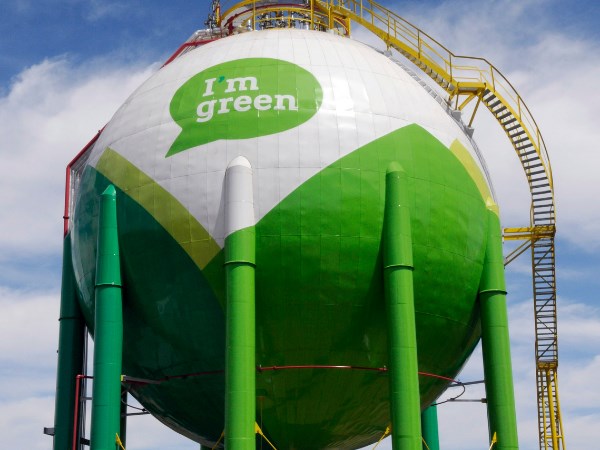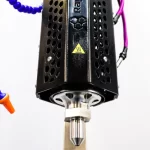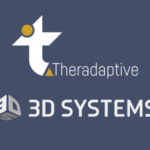From Sustainable Ethylene Production to Potential Takeovers: A Look at Braskem’s Strategic Advancements
In a progressive move towards sustainability, Braskem, a leading petrochemical company in Brazil, has recently announced two major updates – expansion of their bio-based ethylene production, and a takeover bid from a domestic rival, Unipar Carbocloro. These two instances underscore Braskem’s strategic advancements in the industry.

Revolutionizing Sustainability with Bio-based Ethylene
As of July 24, Braskem proudly announced a 30% increase in the production capacity of its bio-based ethylene plant, located in the Petrochemical Complex of Triunfo, Rio Grande do Sul, Brazil. This upsurge, a result of an $87 million investment, is aimed at catering to the growing global demand for sustainable products. Consequently, the plant’s operational capacity has now increased from 200,000 to 260,000 tons per annum.
Interestingly, Braskem’s bio-based ethylene is manufactured using sustainably sourced, sugarcane-based ethanol. This process contributes positively to the environment by capturing atmospheric carbon dioxide (CO2) and storing it in everyday products. Notably, each ton of plastic resin produced from renewable feedstock is equivalent to the removal of 3 tons of CO2 from the atmosphere.
Moreover, this expansion aligns perfectly with Braskem’s ambitious goal of increasing biopolymer production to one million tons by 2030, aiming to achieve carbon neutrality by 2050.
Takeover Bid from Unipar Carbocloro
Braskem’s strategic advancements also involve a recent takeover bid from Unipar Carbocloro, a domestic rival significantly smaller in size. Unipar has proposed to acquire a controlling stake in Braskem, valuing the company at around $8.6 billion. This proposal is likely to be more favorably received than previous offers due to Unipar’s status as a Brazilian company, reducing potential governmental and regulatory objections.
Interestingly, Braskem has been at the center of acquisition discussions previously, with companies like LyondellBasell Industries and a consortium of Abu Dhabi National Oil Company (ADNOC) and Apollo Global Management showing interest. The accumulation of these offers highlights Braskem’s appeal and significant standing within the industry.
Although smaller, Unipar once controlled Quattor, a short-lived competitor to Braskem. Braskem gained almost full control of the Brazilian petrochemical sector when Unipar sold its 60% stake in Quattor back in 2010. This history adds a layer of intrigue to the potential acquisition.
Conclusion
These recent events highlight the dynamic environment within the petrochemical industry, specifically emphasizing Braskem’s strategic advancements. By successfully increasing their bio-based ethylene production, they’re leading the charge towards sustainability in the industry. Concurrently, the ongoing acquisition negotiations present an exciting possibility that could significantly reshape the sector’s landscape in Brazil.
About Braskems’ I’m Green Bio-PE
Braskem’s I’m green Bio-PE is a groundbreaker, being the first bio-based polyethylene to be commercially produced on a global scale. Its secret lies in a simple yet effective conversion process, where ethanol derived from sugarcane is transformed into ethylene, a compound identical to that obtained through traditional petrochemical methods.
This innovative procedure creates what is known as a “drop-in” solution, making the bio-based ethylene compatible with a vast array of polymers that rely on ethylene. In fact, Braskem’s diverse portfolio includes other derivatives like Bio EVA, further expanding the realm of possibilities. But that’s not all. Given its plant-based origins, I’m green Bio-PE effectively sequesters a significant amount of carbon dioxide, thus aiding in the battle against climate change.
Debuted in 2010 at Braskem’s Innovation & Technology Center in Rio Grande do Sul, Brazil, I’m green Bio-PE carries a distinct advantage – it’s crafted from renewable resources. This allows it to boast a unique production process that captures, rather than emits, carbon dioxide. In this way, the product actively contributes to reducing greenhouse gas emissions, a game-changer in our collective endeavor to create a more sustainable future.



